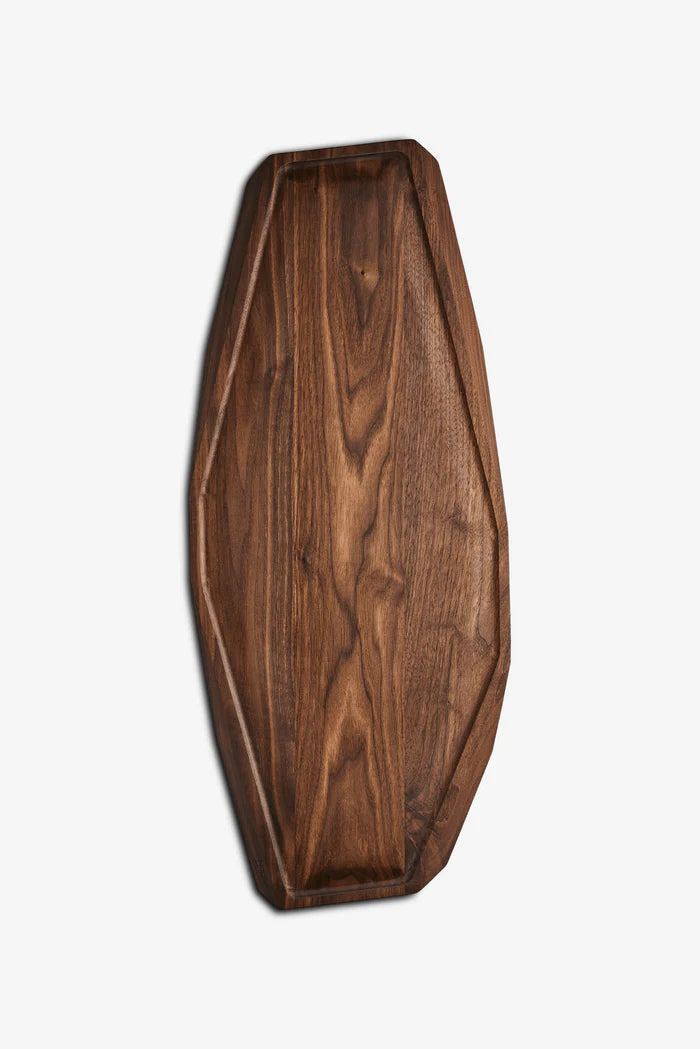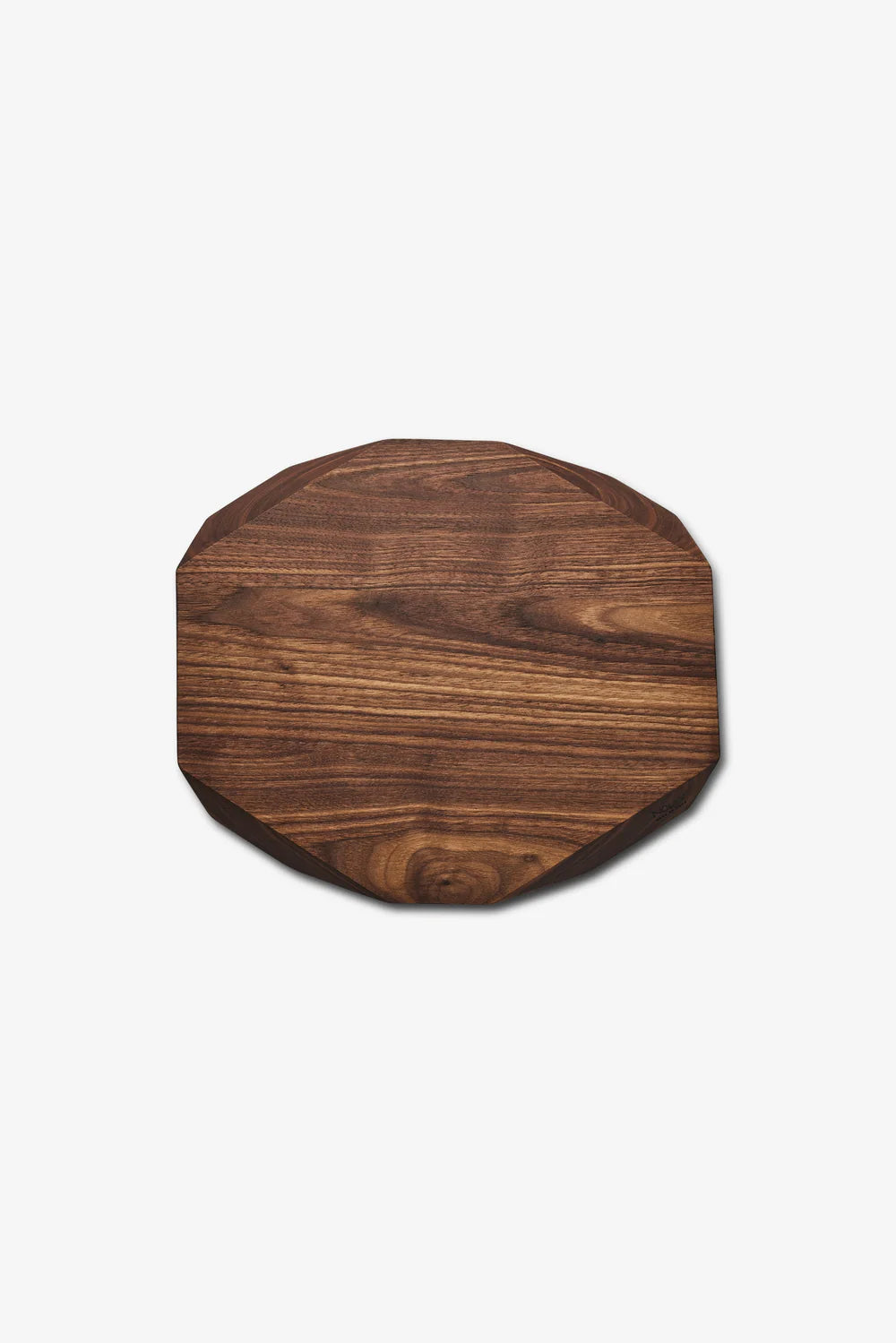Maintaining your cutting boards properly is essential for ensuring their long-lasting beauty and functionality. One of the most effective ways to improve the cutting performance and durability of your cutting boards is by using cutting board oil. At Noyer, where we specialize in handcrafted walnut cutting boards, we recommend regular oiling to protect and extend the lifespan of your kitchen tools.
Why Cutting Board Oil is Important
Cutting board oil serves several important purposes in the maintenance of your cutting boards:
-
Improved Cutting Performance: By keeping the wood nourished and moisturized with oil, you maintain a smooth and even surface, making it easier to cut through food. This can make cooking both safer and more efficient.
-
Increased Durability: Regular oiling helps seal the wood, protecting it from moisture, bacteria, and cracks. This significantly extends the life of the cutting board.
-
Preserve Aesthetics: Cutting board oil enhances the natural beauty and color of the wood, making it an aesthetically pleasing addition to your kitchen. Walnut wood, used in Noyer products, looks particularly stunning when properly oiled.
How to Oil Your Cutting Board
Follow these simple steps to ensure your cutting board is properly oiled and maintained:
-
Clean the Board: Start by thoroughly cleaning your cutting board with warm water and mild soap. Use a sponge or brush to remove any food residues. Dry the board completely with a clean cloth.
-
Apply Oil: Apply a generous amount of cutting board oil to the surface of the board. Use a clean cloth or paper towel to rub the oil into the wood in a circular motion. Ensure that the entire surface and edges are covered.
-
Allow the Wood to Absorb: Let the cutting board absorb the oil for at least a few hours, preferably overnight. This allows the oil to penetrate deeply into the wood and provide maximum protection.
-
Wipe Off Excess Oil: After the oil has been absorbed, wipe off any excess oil with a clean cloth. Your cutting board is now ready for use.
Choosing the Right Oil
When selecting oil for your cutting boards, it's important to choose a food-safe oil. Mineral oil is a popular choice as it is odorless, tasteless, and does not harden over time. Other options include walnut oil and flaxseed oil, both of which are natural and safe for use on cutting boards.
Maintenance Routine
To keep your cutting boards in top condition, it is recommended to oil them regularly. A good rule of thumb is to oil them once a month or after each intensive use. Signs that your cutting board needs oil include a dry surface, cracks, or a dull color.
Noyer’s Walnut Cutting Boards
At Noyer, we offer handcrafted cutting boards made from premium walnut wood. Our cutting boards are designed to be both functional and aesthetically pleasing, and proper maintenance with cutting board oil can further enhance their cutting performance and durability.
Benefits of Walnut Wood
Walnut wood is an excellent material for cutting boards due to its natural strength and beautiful appearance. It is also dense and resistant to bacterial growth, making it a hygienic choice for your kitchen. By using cutting board oil on walnut wood, you not only get a functional tool but also a decorative item that enhances your kitchen’s aesthetics.
Conclusion
Enhanced cutting performance and durability with cutting board oil is a simple yet effective way to extend the life of your cutting boards. By following the proper maintenance methods, you can ensure that your cutting boards remain beautiful and functional for many years to come. Visit Noyer’s website today to explore our range of handcrafted walnut cutting boards and find the perfect addition to your kitchen.
With Noyer’s commitment to craftsmanship and our passion for the natural beauty of walnut wood, you can create a kitchen environment that reflects your personal style and makes cooking a pleasure every day.



